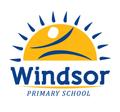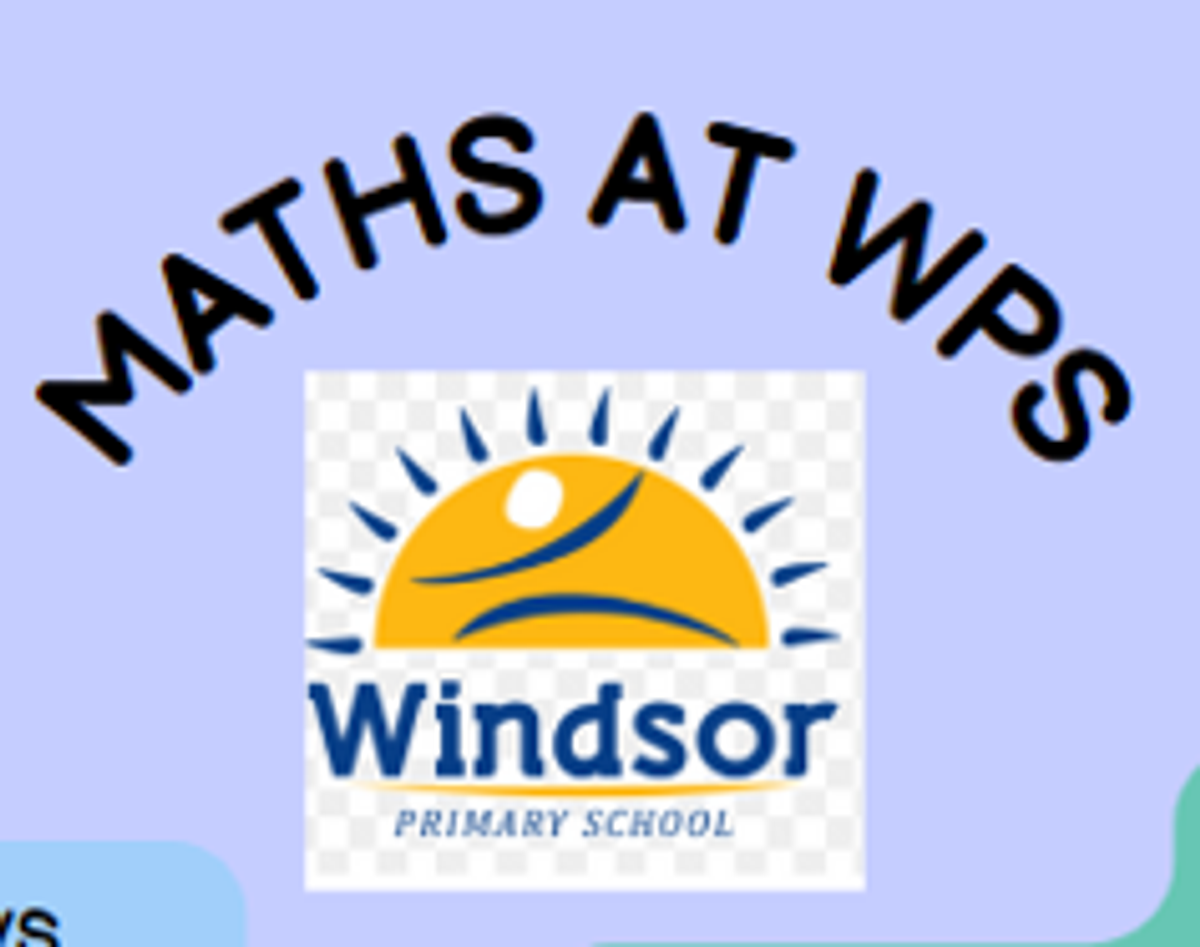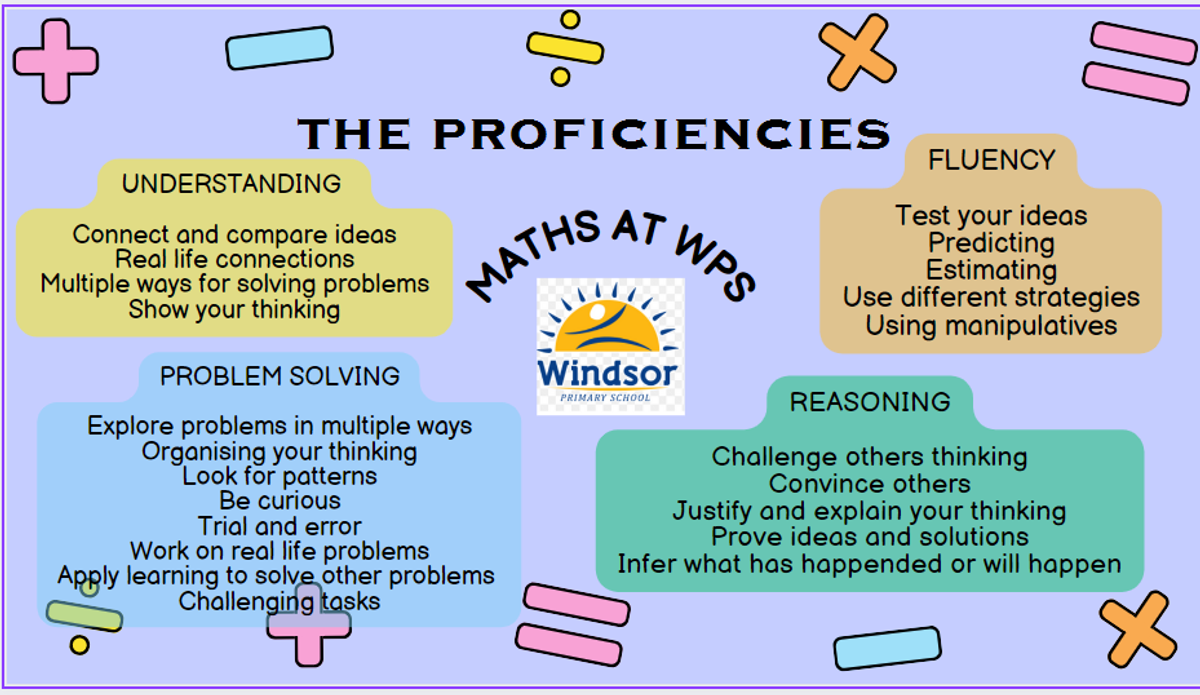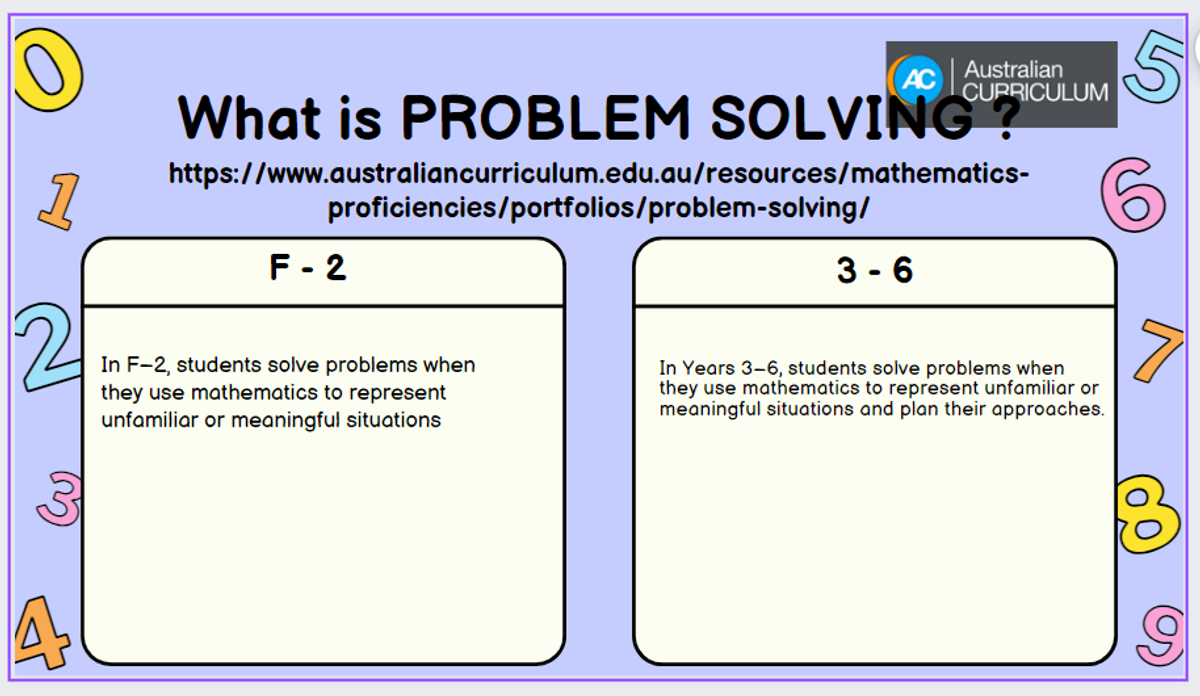Curriculum

The Australian Curriculum: Mathematics aims to be relevant and applicable to the 21st century. The inclusion of the proficiencies of understanding, fluency, problem-solving and reasoning in the curriculum is to ensure that student learning and student independence are at the centre of the curriculum. The curriculum focuses on developing increasingly sophisticated and refined mathematical understanding, fluency, reasoning, and problem-solving skills. These proficiencies enable students to respond to familiar and unfamiliar situations by employing mathematical strategies to make informed decisions and solve problems efficiently.
Each of the proficiencies are explained briefly here:
The teaching staff have been engaged in several Professional Learning sessions looking at mathematics tasks that promote Fluency, Reasoning and Understanding. The latest session had a focus on promoting Problem Solving.
When you are talking and working with your child at home about their mathematics learning for the day, practice using some of these strategies to solve problems.
10 Problem-Solving Strategies
Make a model/Act out: act out the problem through role-play or use materials to help you physically show the problem
Draw a diagram or picture: draw a picture to help you represent the problem in a way that you can see it, understand it, and think about it while you look for the next step
Find a pattern or use a rule: Find a pattern to help you make a prediction. Using a rule can also help you work with larger numbers.
Make an organised list: Make an organised list to help you to see every possible combination and to keep track of the data.
Make a table or Chart: draw a table with rows or columns. Sorting your ideas or information into a table may help you see the problem more clearly
Guess & Check: Guess the answer and then check to see if it solves the problem. Write down your guesses so you can see any patterns and use them to make revised guesses
Make it simpler: Make the problem easier by making the numbers smaller or the operations simpler.
Work backwards: Work backwards to identify the operation that you need to complete in order to answer the problem correctly.
Check for relevant or irrelevant information: Highlight any information that is important to solving the problem and cross out any information that is not necessary.
Brainstorm: Try various ideas; work with a partner; explore to see what might work; try everything you can think of! It’s amazing how good ideas will sometimes just pop into one’s head!




